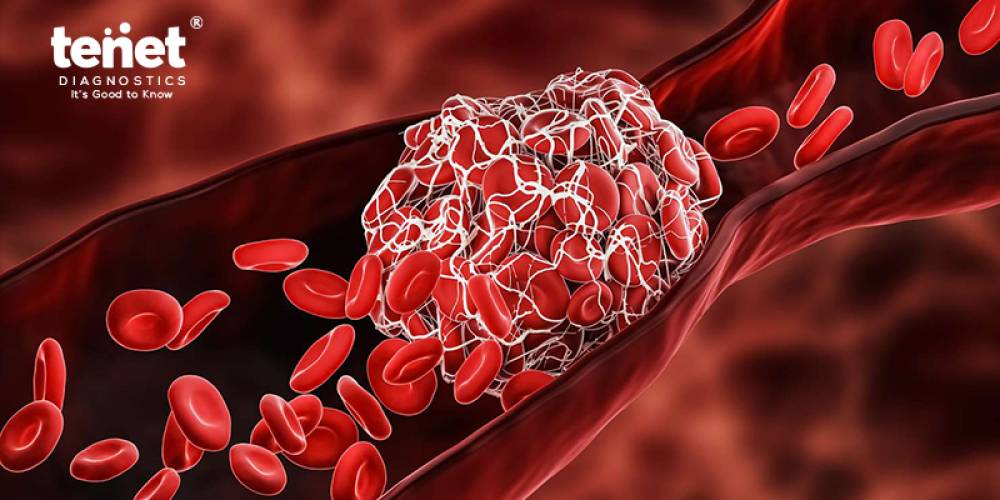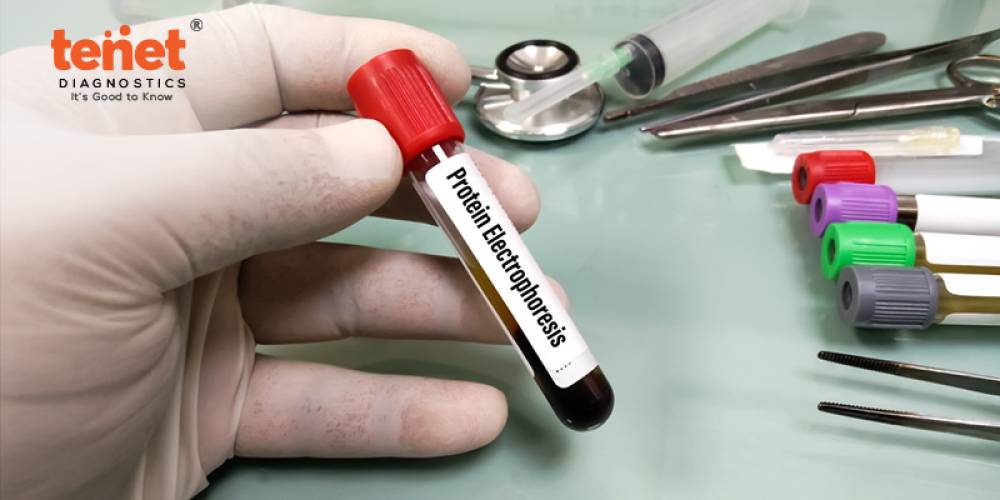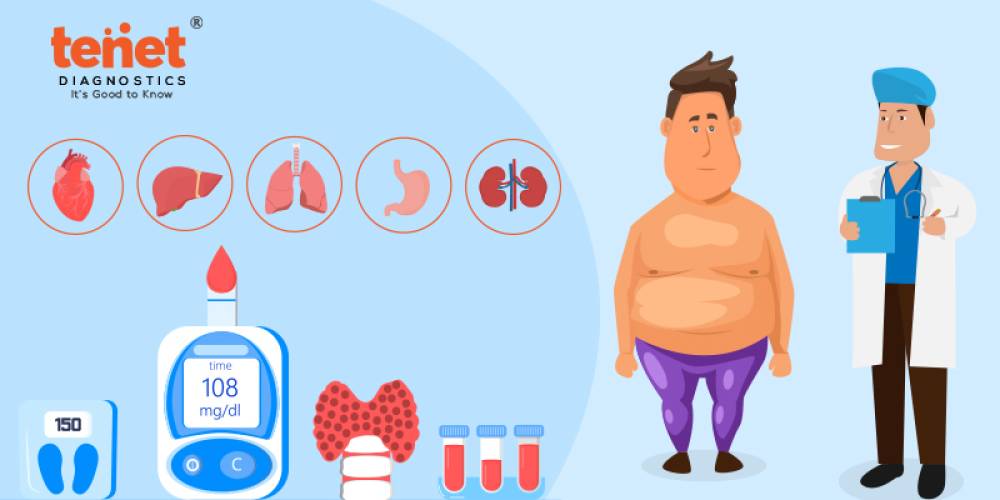A collection of disorders known as thrombophilia makes people more likely to create blood clots, which can result in thrombosis, or blood clots, in veins or arteries. It's essential to comprehend your thrombophilia profile test to manage and avoid problems brought on by irregular blood clotting. We will explore the several facets of the in this blog, covering test kinds, preparation, price, reference range, and accessible therapies. This guide seeks to shed light and understanding on this crucial diagnostic tool, whether you are planning to take the exam or are looking for information for a loved one.
What is Thrombophilia?
A blood condition called thrombophilia increases the risk of blood clots in the veins and arteries. Your blood clots or coagulates more readily in this disease, which medical professionals refer to as "hypercoagulable." The inclination to produce blood clots in veins and arteries can be acquired (thrombophilia) or inherited (genetic). Normally, when you cut your finger with a knife, for example, your body forms a clot of blood. The bleeding is halted by the blood clot. When your body no longer needs the clot, it later breaks it apart. Your body either produces too many blood clots or fails to break down the existing ones when you have thrombophilia. Veins and arteries can become clogged or blocked due to blood clots. Because your blood vessels deliver the oxygen your cells need, this can damage your main organs or result in a heart attack or stroke. Blood cannot reach your cells when there is an obstruction in your blood artery.
Symptoms of Thrombophilia
The majority of thrombophiliacs are asymptomatic and never have health issues. Only when thrombophilia results in a blood clot do symptoms manifest. If you have thrombophilia, you have an increased risk of developing a pulmonary embolism, which occurs when a blood clot breaks off, travels through the circulation, and lodges in the arteries supplying the lungs, or deep vein thrombosis, which occurs in one of the main veins in your leg.
DVT Warning Indicators Include
Discomfort, edema, and soreness in your leg, generally in the calf A sharp pain where the clot is located, warm skin around the area of red skin, especially below the knee on the back of your thigh DVT often just affects one leg, though occasionally it doesn't. Bending your foot up toward your knee could make the pain worse. Occasionally, a portion of the blood clot may separate and enter the circulation. Because the clot lodges in the lungs, this could be hazardous. This dangerous and potentially fatal illness is called a pulmonary embolism and can stop blood from getting to your lungs. The following are signs of a pulmonary embolism: Upper back or chest ache Breathlessness coughing, which is mostly dry but can occasionally produce blood or blood-containing mucus Lightheadedness or dizziness fainting
Tests to Detect Thrombophilia
The test known as the Activated Protein C Resistance (APCR) assesses whether activated protein C can stop blood clots from forming. A prevalent genetic cause of thrombophilia, the Factor V Leiden mutation, is frequently linked to APCR. Test for Prothrombin Gene Mutations: This test looks for changes in the prothrombin (Factor II) gene that may raise the possibility of atypical blood coagulation. Test for Antithrombin Activity: Antithrombin is a naturally occurring anticoagulant that controls blood coagulation. This test gauges the blood's level of antithrombin activity, which can be lower in thrombophilia's. Protein C Activity Test: Another naturally occurring anticoagulant that prevents the formation of blood clots is protein C. This test evaluates the amount of protein C activity, which may be lower in thrombophiliacs. Protein S Activity Test: Protein C and S cooperate to control blood coagulation. Protein S activity in the blood is measured by this test, and it can be lower in thrombophilia. Test for Antiphospholipid Antibodies: This test looks for autoantibodies called antiphospholipid antibodies, which can interfere with normal blood clotting mechanisms and raise the risk of irregular blood coagulation. Factor VIII Activity Test: This protein is responsible for blood coagulation. The risk of thrombosis may increase with elevated levels of Factor VIII. Homocysteine Level Test: There is a correlation between an elevated risk of blood clots and elevated levels of the amino acid homocysteine. The homocysteine concentration in the blood is determined by this test.
Final Words
To sum up, the Thrombophilia Blood Test is an essential tool for the diagnosis and treatment of thrombophilia, a disorder marked by an elevated propensity to clot. Healthcare professionals can determine a patient's risk of thrombosis and adjust treatment plans based on results from a variety of tests, including Factor VIII Activity, Antithrombin Activity, Protein C and Protein S Activity, Activated Protein C Resistance (APCR), Prothrombin Gene Mutation, Antithrombin Activity, and Homocysteine Level tests. Fasting and avoiding certain drugs that could affect the findings are common preparations for the test. The location of the healthcare provider and the tests that are included can affect the cost of the Thrombophilia Profile Test. But it's imperative that you put your health first and speak with a medical expert on the test's necessity, cost, and preparation.







